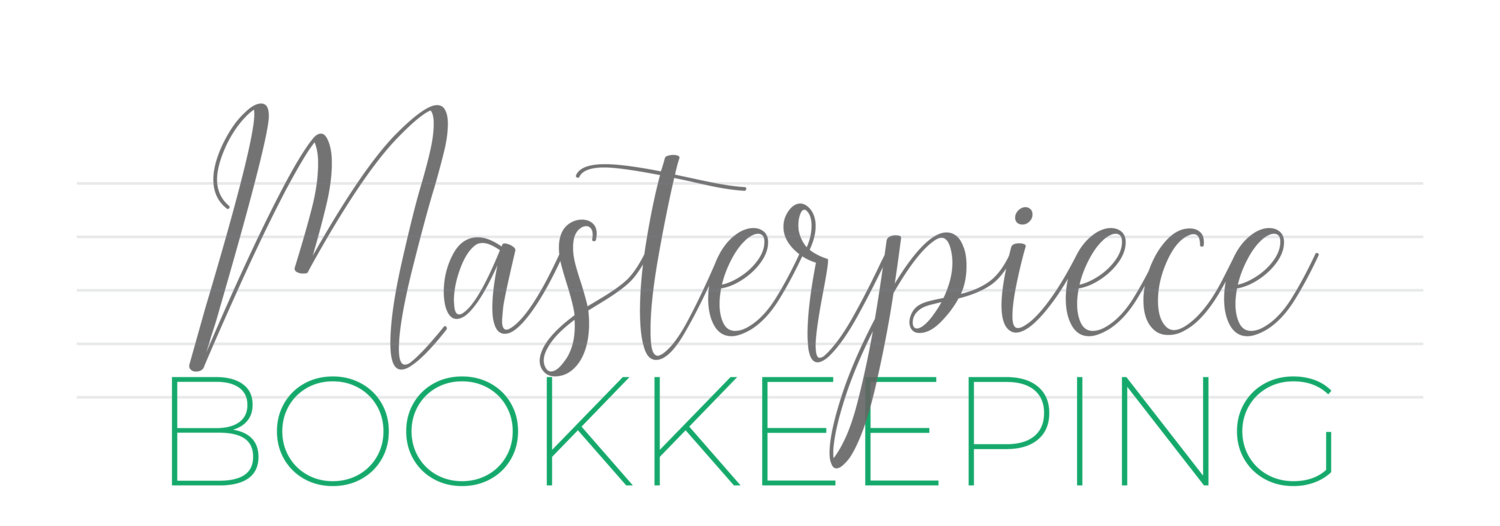It doesn’t matter how much you sell if you don’t get paid! Surprisingly, a lot of entrepreneurs don’t put much thought or attention into this part of running their businesses. They get so caught up in making and providing and service that collecting money falls down the list. Many times I’ve seen old A/R (Accounts Receivable, or lingo for invoices people haven’t paid yet) for tens of thousands of dollars that would cover the amount of an outstanding line of credit or loan. Meaning, if you make collecting money a priority you may be able to avoid future debt and invest more into your business.
If people don’t pay you, they are stealing from you.
I’m here to tell you to stop and make A/R a priority! Treat this as seriously as you would if someone was stealing money directly from your wallet, which is essentially what is happening. There are two main things to consider: What you can do ahead of time (your model) and what you can do after rendering services (your process).
What’s your model?
Your model consists of when and how you’re charging your clients, and it’s worth revisiting to see if it can be better.
Are you requiring payment up front? Upon completion? Are you collecting payment directly with the customer receipt-style or sending an invoice for them to pay at their convenience? Looking at your current model, think about ways that you can avoid waiting for money. If you usually invoice at completion of a project, can get you some money down up front and authorization to automatically charge them the balance at completion? If you have recurring services or payment plans, set them up on automatic payments!
A note on credit card fees: Not accepting credit cards to avoid the fees is NOT worth it. If you can have clients pay you on the spot instead of invoicing them, and/or make it easier to pay you via an online link instead of sending in a check, accept credit cards! This is especially true for a high volume of transactions or smaller ticket transactions which aren’t worth chasing. Money in hand avoids the entire collection process below, saving you time. If you have an average bill of $200 and ONE person doesn’t pay you, that’s as much as 30+ of the fees you were trying to avoid.
The bottom line: Make it easy for people to pay you!
What’s your process?
If you do invoice for people to pay at their convenience, you need to have a collections process set up to monitor it. Ignoring outstanding invoices essentially gives your clients permission to ignore them as well. Sometimes all it takes for them to pay is a reminder.
What does a collection process look like? Start it off with the proper attention by having a follow up call with the client, when appropriate. Be genuinely interested in getting feedback from them, and also let them know you’re sending (or sent) over the invoice and appreciate prompt payment.
You should also be reviewing your open invoices regularly and have a standard process for following up on them. Follow up strategies can include resending the invoice via email, a phone call, a letter, etc. Once an invoice becomes overdue, make sure to send an overdue notice. These should take care of a majority of outstanding invoices before they get old. If you have any that do reach the 60-90 day overdue mark, you may need to consider collections or small claims court.
You can download a sample collections process here and make it your own.
If you’ve been ignoring this for awhile, it may take some time to get it cleaned up and current, but it will be worth it! Just imagine how good it will feel to look at your Open Invoices and have them all less than 60 days old. Stop letting people take advantage of you and go collect some money!

